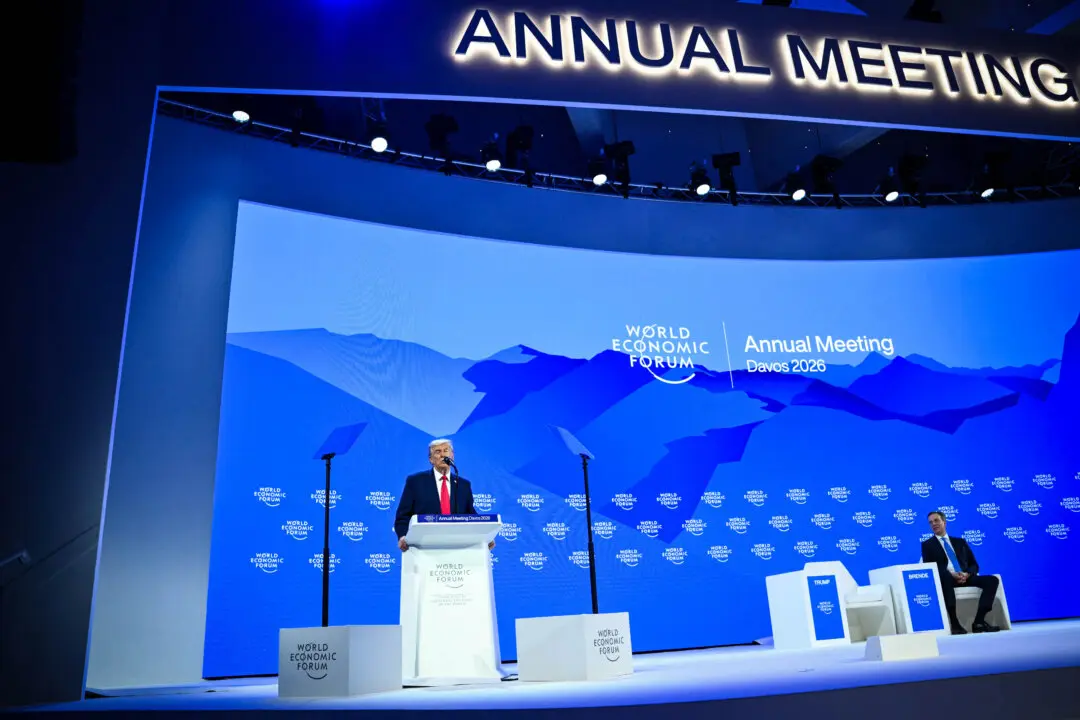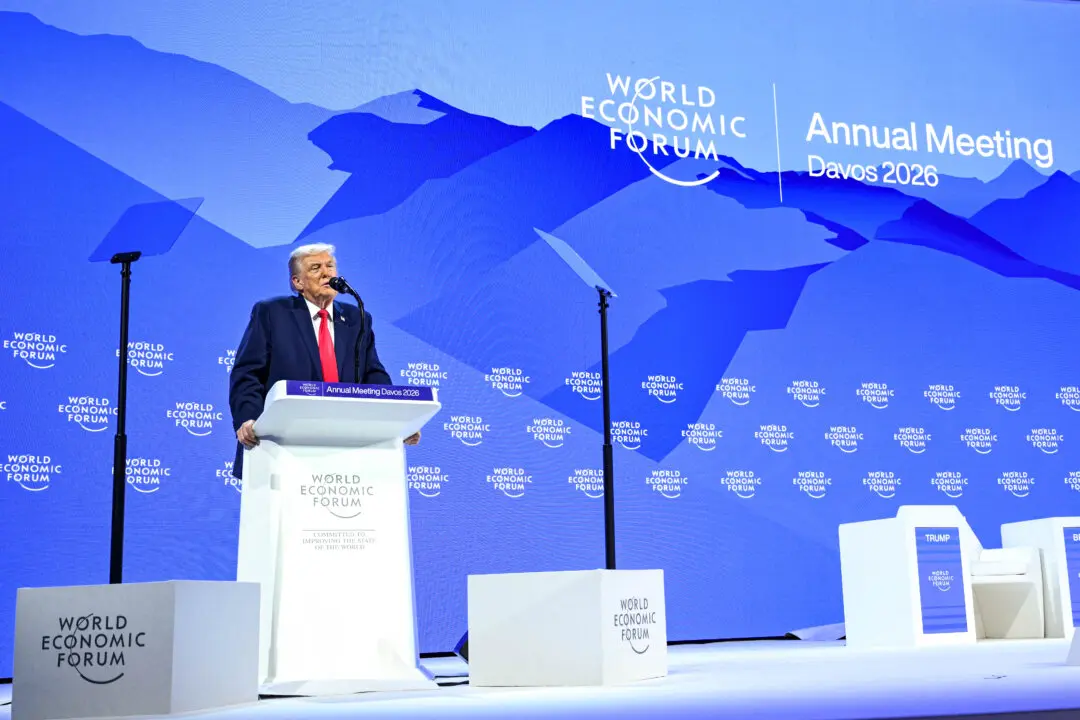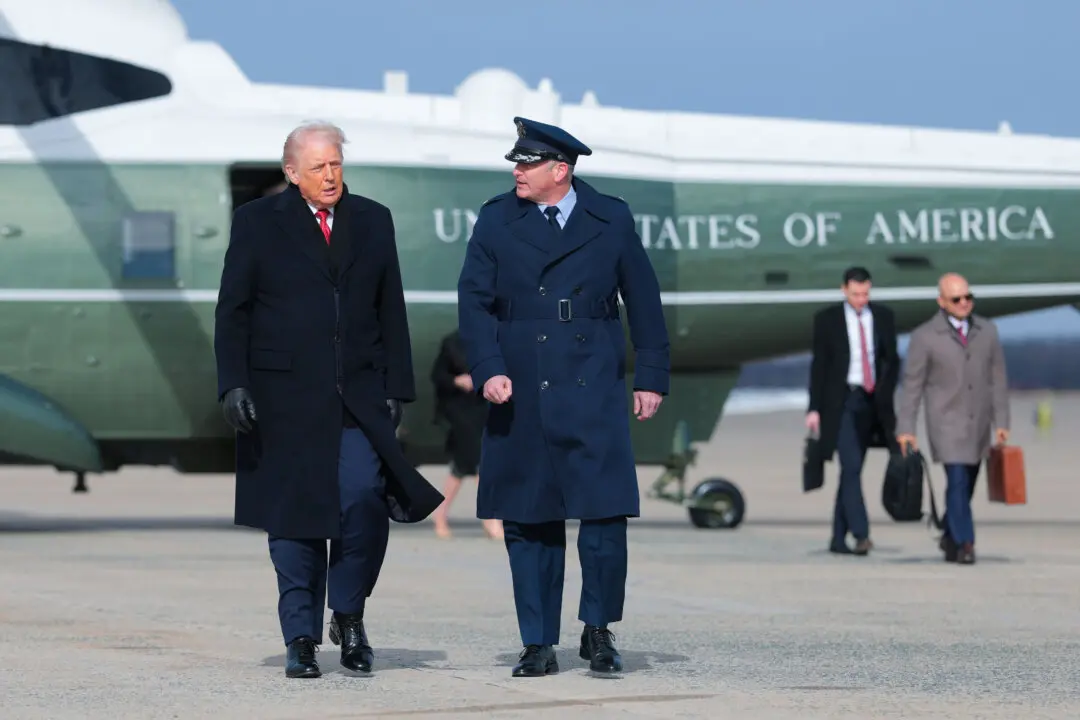WASHINGTON—The recent U.S.–China trade dispute has prompted the biggest capital outflow from Chinese equities in nearly four years. More than $6 billion of capital has fled China’s stock market since May 6, according to data compiled by the Institute of International Finance (IIF).
Tensions escalated between the United States and China when Trump wrote in a tweet on May 5 that he would increase tariffs on $200 billion Chinese goods to 25 percent from 10 percent. Trump accused Beijing of backtracking on its commitment to deliver structural reforms.





